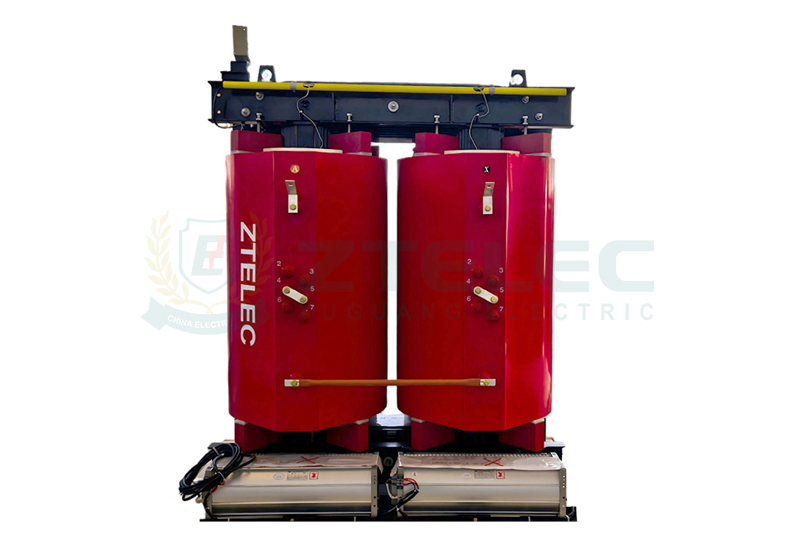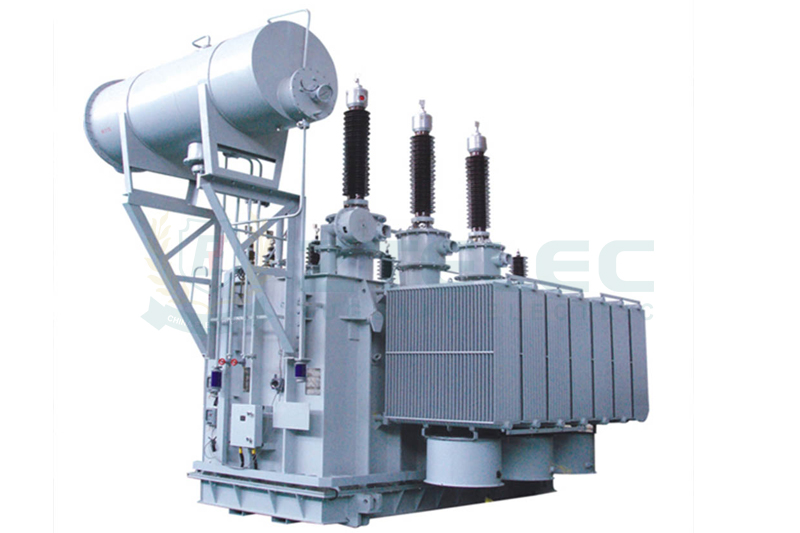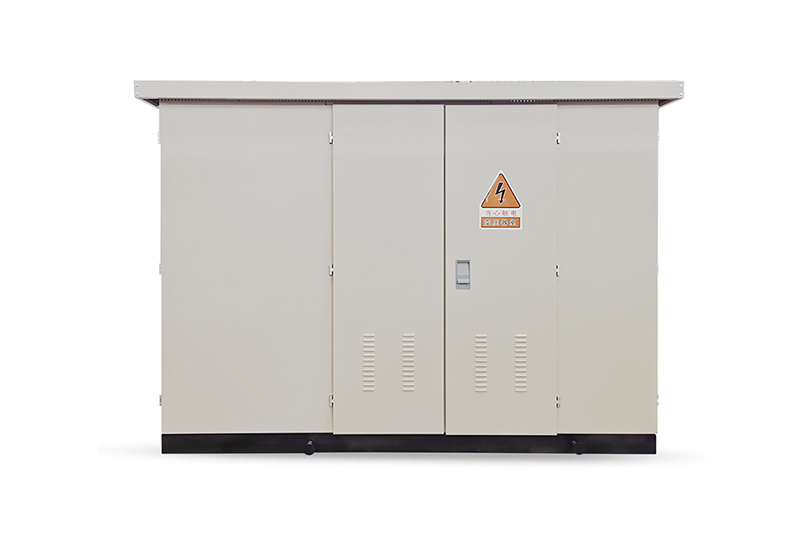Transformer Installation Location Non-Compliance: Risks, Solutions, and Best Practices
Time:2025-07-5 Auther:ZTelec-www.ztelectransformer.com
In power system construction and maintenance, improperly located transformers are a common yet critical issue. A non-compliant installation site can lead to serious safety risks, operational failures, and regulatory penalties. If a transformer’s installation location does not meet standards, it is essential to follow a structured process to assess the risk and implement corrective actions.
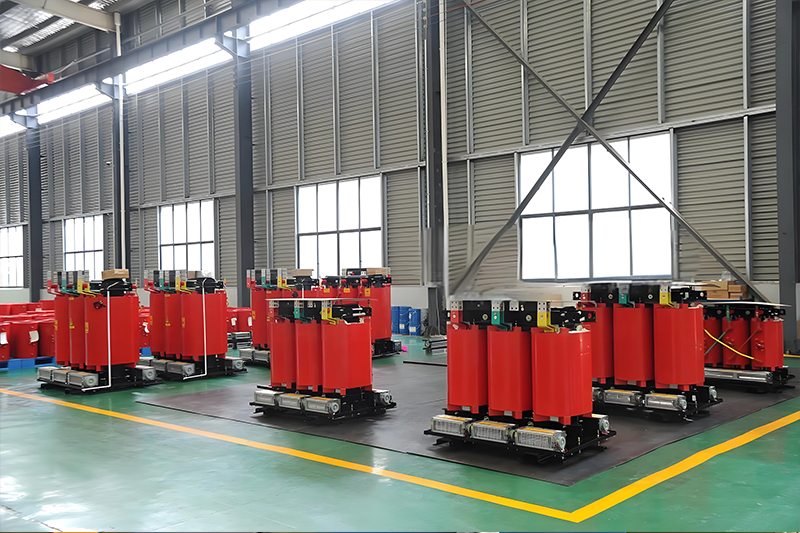
1. Identify the Non-Compliance Issues
Start by inspecting the installation site based on national and industry standards. Common non-compliance issues include:
Insufficient Safety Clearance
Inadequate distance between the transformer and buildings, combustible materials, or other equipment may violate fire safety codes. For example, one factory experienced a major fire due to a transformer placed too close to a warehouse.
Harsh Environmental Conditions
Transformers installed in damp, corrosive, poorly ventilated, or explosive environments are prone to insulation failure and corrosion. In coastal areas, high humidity accelerates aging and failure rates.
Unstable or Inadequate Foundation
A weak base, or lack of flood and seismic protection, can compromise transformer stability and lifespan.
Lack of Access and Clearance
Cramped or narrow installation spaces restrict routine inspections, maintenance, and emergency access, increasing operational risks.
2. Evaluate the Risk Level
Once the problems are identified, evaluate the level of danger and urgency:
Immediate Power-Off (High Risk)
If the site poses major risks such as fire or electrocution, disconnect the transformer immediately. Post visible warnings and restrict access.
Temporary Risk Controls (Moderate Risk)
If the issue cannot be resolved immediately, implement temporary solutions—such as installing barriers, adding fireproof partitions, or improving ventilation—to reduce hazards while preparing permanent fixes.
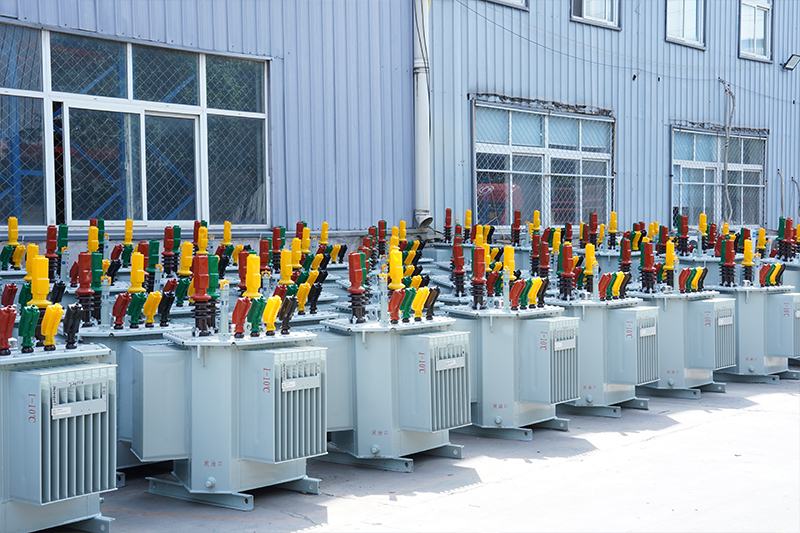
3. Develop a Corrective Action Plan
Option 1: Relocate the Transformer (Preferred Solution)
New Location Selection: Choose a dry, ventilated area, far from flammable or vibrating sources. Ensure adequate safety clearance (e.g., 1.5 meters for oil-immersed types).
Foundation Construction: Build a level, reinforced concrete base with seismic and waterproof features.
Cost-Benefit Analysis: Assess transportation, hoisting, and cabling costs versus the long-term risks of staying in a non-compliant location.
Option 2: Modify the Existing Site (If Relocation Is Not Feasible)
Improve Safety Measures: Install firewalls or oil containment pits. Add enclosures to protect against weather and dust. Use noise insulation and safety barriers.
Optimize Environmental Conditions: Use forced ventilation (e.g., axial fans), dehumidifiers, or moisture-proof pads. Adjust cable layouts to avoid thermal stress and mechanical damage.
Option 3: Technical Upgrades
Transformer Replacement: Replace bulky oil-immersed units with compact, safer dry-type transformers.
Smart Monitoring Systems: Install IoT-enabled sensors to monitor load, temperature, and humidity, enabling predictive maintenance and early fault detection.
Load Optimization: Rebalance transformer load to avoid overloading and hot spots.
4. Implement the Rectification Plan
Qualified Contractors Only: Ensure all modifications follow the national electrical code and are performed by certified professionals.
Testing and Inspection: Conduct insulation resistance tests, load tests, and grounding verification. Maintain detailed inspection records.
Regulatory Reporting: Submit revised documentation to local utility or safety authority for re-approval and compliance verification.
5. Prevent Future Installation Issues
Design Phase Review
Verify site layouts during project planning. Confirm that transformer placement complies with clearance, environmental, and safety codes before installation begins.
Periodic Inspection System
Establish a regular inspection schedule. Monitor surrounding conditions (e.g., new flammable materials, water leakage, soil settlement) to detect and resolve risks early.
A non-compliant transformer installation site must never be ignored. Whether through relocation, site upgrades, or smart system integration, corrective measures should prioritize safety, compliance, and long-term reliability. By following structured risk assessment and remediation steps, facility owners can ensure transformers operate safely and efficiently under all conditions.

